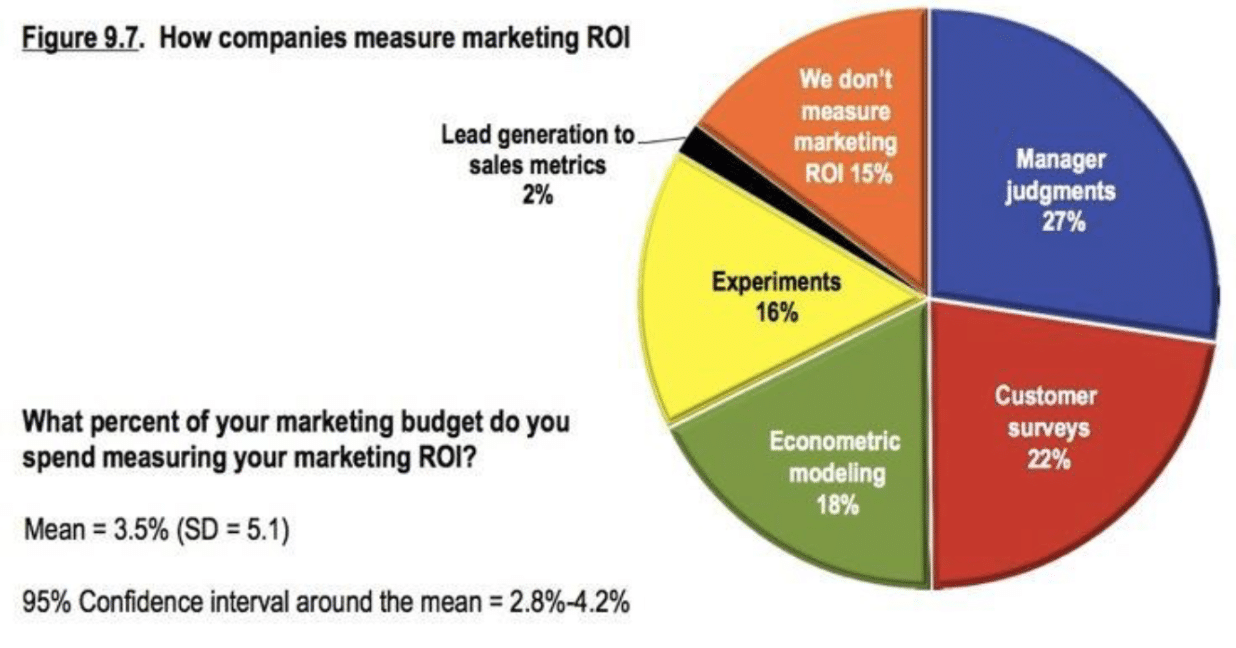Understanding Analytics and Reports
When you think about analytics, it is essential to understand that it is not the same as reporting. They are two distinct acts.
While reports tell you, what is happening and aid in converting raw data into a simple format. Analytics is a detailed examination of the reports and other complex factors that help you understand it better and establish its key features.
When conducting analytics, you are investigating and deciphering data and reports to draw valuable information about your marketing strategies and plans.
Analytics also allows you to gain a more in-depth and better understanding regarding the behaviour and patterns of your visitors, leads or consumers.
It is essential for you to understand how your consumers react to specific elements, this will aid you in producing an effective marketing strategy and show you what works and does not work. It is not just about looking at numbers and how many visits you get or likes on your post. It is retaining a deeper meaning of what this data tells you so that you can gain maximum customer optimization.
Analytics play a vital role in helping you better understand your consumers, and if your marketing efforts are successful.
Companies often misunderstand analytics or fail to use it correctly and to its full potential.
Mistakes to avoid
1. Not setting a goal
This is an important and useful step businesses’ sometimes fail to use productively.
Setting these goals provide a long-term vision. They help you stay laser-focused on the specific data required to optimize your marketing efforts. For example: If your goal is to achieve high online sales you would want to focus on tracking order volume, cost-per-order, and the average order value.
Read: How To Create A B2B Measurement Plan
2. Chasing noise
With all the tools available to us currently, it is often enticing to use them all and to get as much information you possibly can. However, in this chase, you may lose sight of the goal and what information you require. The excess information may also be overwhelming causing you to get lost in it resulting you in wasting time, effort and money.
You need to be able to focus on what information is required for you to be successful.
Information should not overwhelm you, it should empower you.
3. Choosing overpriced analytic tools
While they do serve their purpose and may offer advanced analytic capabilities in comparison to basic tracking tools you need to ask yourself if you need all that? Often the answers you may be looking for can be found using less expensive or even free tools such as Google Analytics. Before overpaying for a service make sure you need it, as those funds could be invested in another segment where it could be more useful.
Read: Beginner’s Guide to Google Analytics
4. Creating reports with less value
You want to make sure you’re not creating a report for the sake of it. Having a lot of data and analytics does not increase the value of a report.
For a high valued report, you need to make sure the content within it answers fundamental questions that are critical to your businesses’ success. Having set goals and a list of questions before creating your reports will help you address the problems efficiently.

The pie chart above shows a survey done by CMO. Based on that we see that only two % of companies are tracking lead generation to sales metrics, 15% are not even monitoring the ROI’s, 25% of marketing teams are not aware of and cannot determine how they should add data and take it into account during the decision-making process. This is a major problem. If you are not keeping an eye on your ROI’s, asking the right questions or even looking at the data, you will not be able to decipher what is and what isn’t working for your business. You could be using marketing strategies that may not be giving you the results you could potentially receive, however, due to the lack of the right analytics you will not be able to catch on to those problems.
Take a step back and ask yourself- what are we doing, why are we doing, what are we going to achieve out of it, how would we know if we are doing what we need to do to accomplish the objective and when to fix things so that it’s not too late.
If we knew all this, almost half of the battle is won. After that, we need to sail, and our compass (measurement plan) will guide us and provide us information if we are headed in the right direction or not and when to steer or make timely changes to our strategies so that we stay aligned with our goals.
Analytics can help prove your hypothesis right or wrong and create a base for effective marketing strategies. Making sure that you are correctly and efficiently utilizing the capabilities of your reports and analytics ensures the continued success of your optimization efforts.
Google analytics is a free tool that helps you with measuring most of your interactions on your channels and marketing efforts; If you are already doing this, the next step is to get professional Google Analytics training.


